#historical films
Text
so i was going through the pages of the scriptbook i own of elizabeth (1998) and i wanted to check out how the scenes were played out in the film, one thing i noticed however was this one in particular:

it's the scene right before elizabeth is taken to the tower, where she and robert share a moment together. it says on the screenplay that he gives her his chain and she clasps it tightly, now i went back to that bit in the film and i noticed something:

this is the frame where he tells her "remember who you are," it then cuts to a shot with him facing her
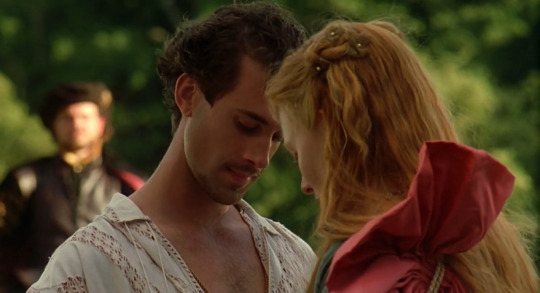

notice how the chain around his neck is gone? so yeah i am PRETTY SURE they actually filmed the scene but it didn't make it to the theatrical cut. gosh why (especially if you think about how this is quite significant to the way elizabeth and robert's relationship is early in the movie and what they mean to each other!)
the thing is, i think you can also see her wearing it (i assume i guess) in these scenes that follow after

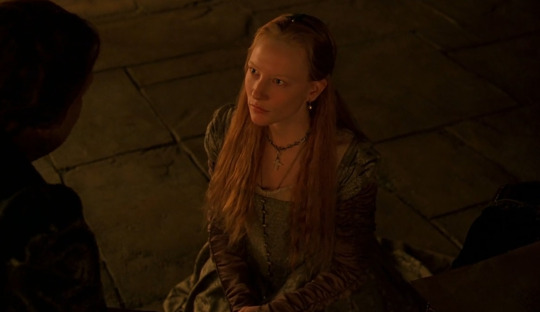

for all the historical faults and distortions the film had i honestly would have killed to see more scenes between them, especially in the first half of the movie before it really does go wonky lol and with something just as simple as that it showcases a teeny bit more on the relationship they had in my opinion
#i've been wanting to post about this for weeks but i've been so busy lol anyways here you go#historical films#movies#period films#period dramas#90s movies#elizabeth 1998#cate blanchett#joseph fiennes#elizabeth tudor#elizabeth i#robert dudley#elizabeth x robert#otp: for i have lived and so will die only hers#movie mayhems#maria rambles#tudor films#tudor period dramas
58 notes
·
View notes
Text


Kingdom of Heaven, 2005.
90 notes
·
View notes
Text


Charulata (1964) || Ghare Baire / The Home and the World (1984)
[ dir. Satyajit Ray ]
[ d.o.p. Subrata Mitra // Soumendu Roy ]
#charulata#Ghare Baire#the home and the world#satyajit ray#madhabi mukherjee#swatilekha chatterjee#swatilekha sengupta#indian cinema#bengali cinema#cinema#films#movies#cinematography#world cinema#classic cinema#1960s#1980s#historical films#film scenes#movie scenes#parallel cinema#indian films#indian movies#bengali films#bengali movies#film screencaps#movie screencaps#screencaps#madhavi mukherjee#charulata 1964
16 notes
·
View notes
Text





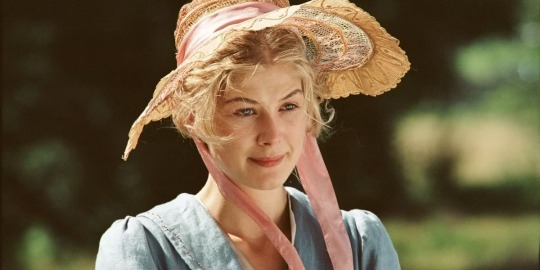
~subtle pink tones in period dramas~
Little Women (1994)
A Room with a View (1985)
Far from the Madding Crowd (2015)
À la recherche du temps perdu (2011)
Marie Antoinette (2006)
Pride and Prejudice (2005)
#aesthetic#art#art history#historical fashion#fashion#women in art#women#victorian#Edwardian#film#film costuming#historical films#pink aesthetic#historical costuming#pink#victorian aesthetic#Edwardian aesthetic#films#movies#historical costumes#historical clothing#movie aesthetic#film aesthetic#green#green aesthetic#period drama#period piece
14 notes
·
View notes
Text
For anyone who likes historical costume/film/television
I had discovered this yesterday and thought you might like to see it. Someone is doing an auction of many historical costumes from film/TV. But you can click on the photos for high res versions. Its so nice to the range of productions they come from and time periods. A lot of lovely pieces are in there!
If you love to sew ( cough - @orchidscript) or just love these films/ TV shows and wanted to see some of the details up close - check it out!
Here are just a few below the cut:
*******
Drew Barrymore's costume from Ever After (1998):

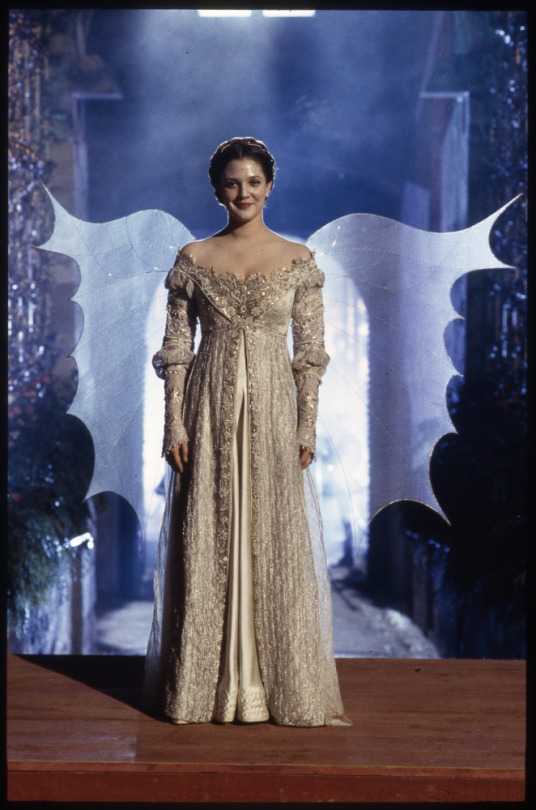

Gwenyth Paltrow's dress from Emma (1996)
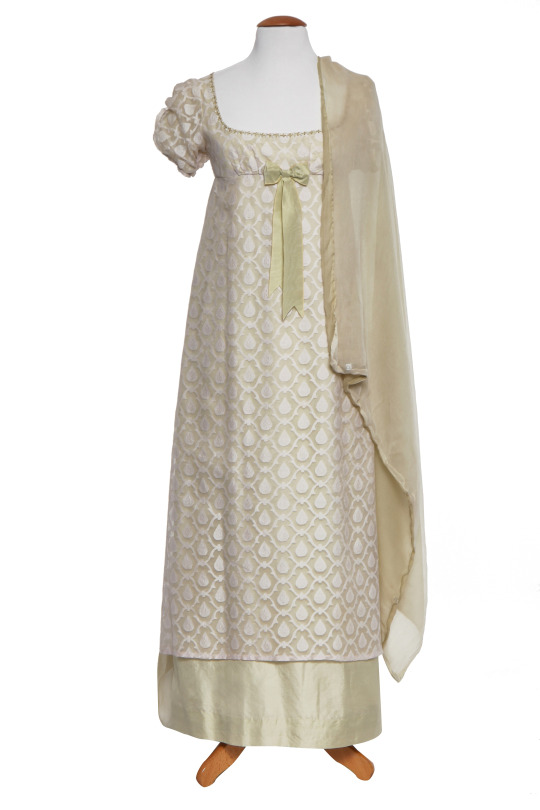


Alan Rickman's Judge Turpin outfit from Sweeney Todd ( the film version of the musical) (2007)
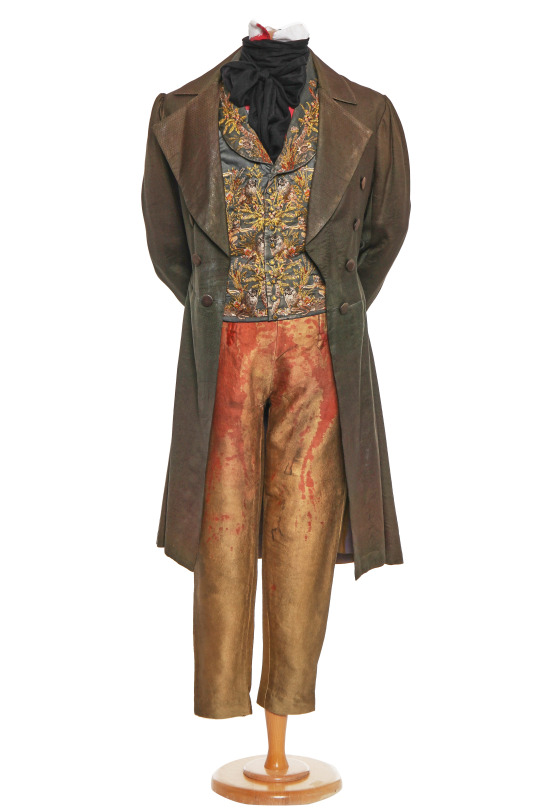

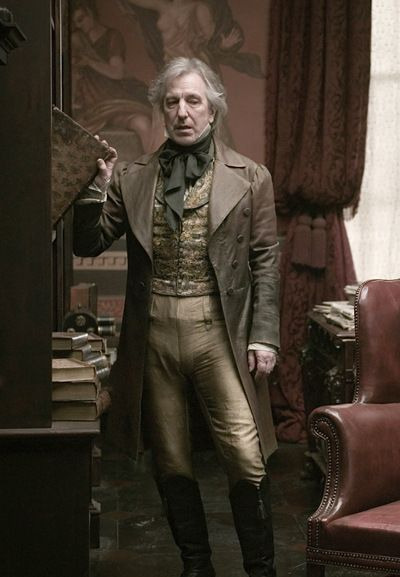
Emma Thompson's gorgeous dress from Howard's End (1992)


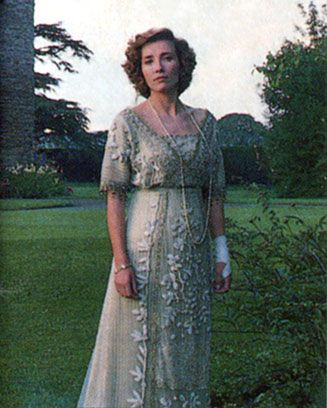
Robert Downey Junior's suit from Sherlock Holmes (2009)



Maggie Smith - Dowager Countess from Downton Abbey (
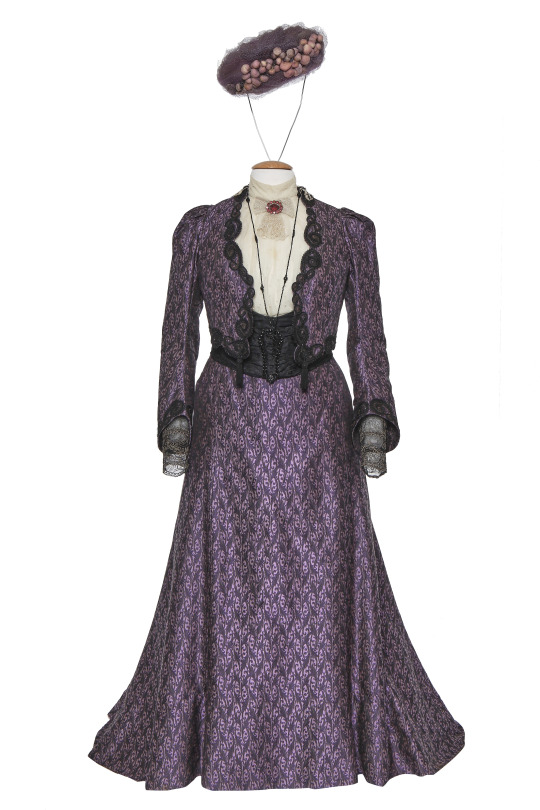


#historical costuming#historical fashion#film costume#television costume#sewing#historical films#historical television
7 notes
·
View notes
Note
I read your review of Stone’s Alexander. Whatever might be said about the film’s accuracy and storytelling, I found very charming and creative that they told the story as if it was Ptolemy in his old age writing his book about Alexander.
I know you wrote about this book a while back. But, as a fiction writer on the same subject, did you like this approach?
I think it can work, depending on how well it’s handled. When dealing with historical fiction, we have a couple popular approaches. Variations on these can be used in other genres, btw:
1) The “foreign visitor” approach, wherein a POV (point-of-view) character enters the world depicted in the novel. This allows the stranger to ask questions the reader might want to know, or have things explained to them, which the reader might want to know.
1a) A subset of the above is the “clash of cultures” approach, wherein two POV characters from different parts of the world meet and/or are forced to work together, and can compare cultural differences to enlighten the reader.
Both work in a similar way and are quite effective. It’s much harder to explain events, cultural details, etc., if all POV characters already know about them and wouldn’t need to ask questions, making the author’s job twice as difficult. (I can attest to that, as an issue I wrestled with in Dancing with the Lion. Hephaistion isn’t really an outsider, although in a few ways he is.)
2) The “memoir” approach, wherein the main character is writing a memoir/history/series of letters, and is therefore able to take a “retrospective” tone, elaborating on what effects ___ event/decision would have later. This almost requires that the novel be written in first person (see some pitfalls below).
2a) A mix of regular narrative with interspersed letters/diary entries/etc. This combines first person/retrospective accounts with “normal” narration and can allow for more than one POV characters.
Again, both work in similar ways. The pitfall is a heavy hand and the removal of tension if the narrator tells too much. Also, the usual issues associated with first-person point-of-view (POV). The 2a option can help overcome those as a nice middle road, especially if more than one POV character is desired/needed.
While first person POV can be one of the easier POVs for new writers to tackle, it’s up there with true omniscient to do really well. Why? It can be tricky to clue in readers when the narrator is lying (e.g., the Unreliable Narrator problem). A good writer can do this, but a less talented one often cannot. Also, first person POV is simply hard to make interesting. It takes a quirky and strong narrative voice. Otherwise, it reads like some rando’s diary: boring.
Some really good first person writers to study: Michael Chabon, John Irving, Donna Tartt, but best of the best, imo: David James Duncan. These are by no means the only really good ones, just some that came immediately to mine. (Although I’d still maintain DJD is hard to top.)
In any case, my chief complaints about the use of the narrator in Oliver Stone’s flick wasn’t that it was used, but that it was overused, the narrations going on too long. Sometimes they were also repetitive. I don’t mind the trick, but like a LOT of that film, he needed a good editor to scissor through the screenplay. So, so much repetition, especially in dialogue.
#asks#Historical fiction#tricks to historical fiction writing#Oliver Stone's Alexander#Alexander the Great#Oliver Stone#classics#historical films#History on film
7 notes
·
View notes
Text
You know you married the right person when he says, They’re showing Master & Commander on the big screen this week — do you want to go? 😍
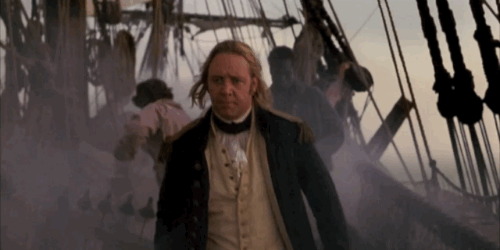
10 notes
·
View notes
Text
idk if this is just me but i'm awful at working out when a historical film/novel is being historically accurate and when it's being plain rude
#like i never know if all the idk homophobic language is just reflective of the time it's set#or just a sign that the author's a dick#this is based off one very specific book and like... idk#dee rambles#historical novels#historical films#help me
8 notes
·
View notes
Text
The Last Emperor (1987)
Directed by Bernardo Bertolucci
Cinematography by Vittorio Storaro



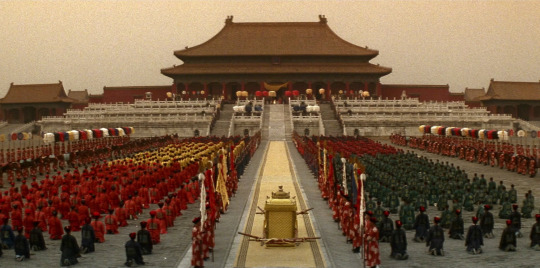




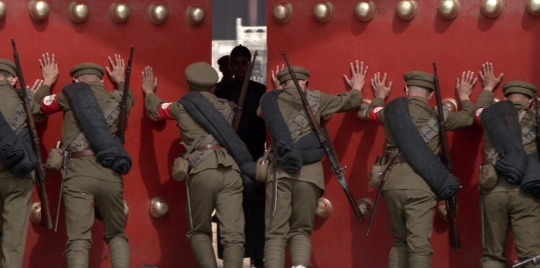


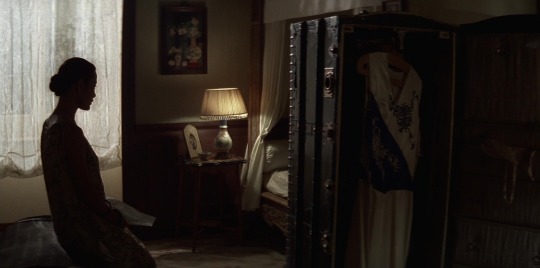
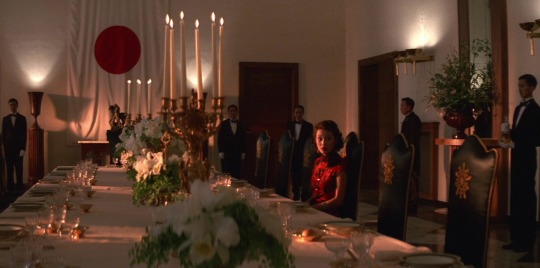
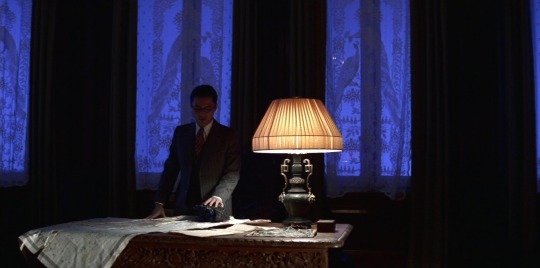
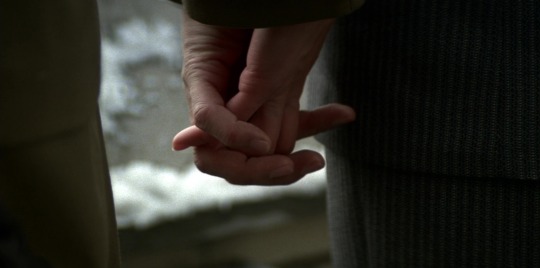

#film#film stills#movies#movie stills#cinema#cinemetography#cinephile#bernardo bertolucci#Vittorio storaro#the last emperor#1987#italian cinema#china#chinese history#historical films#history movies#history
5 notes
·
View notes
Text
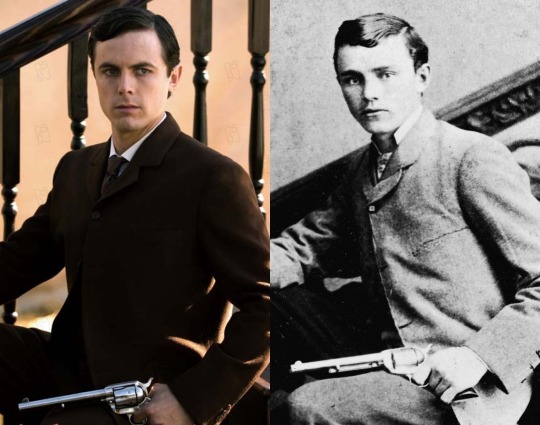
right: Casey Affleck as Robert Ford for The Assassination of Jesse James by the Coward Robert Ford (2007)
left: Robert Ford photographed ca. 1883
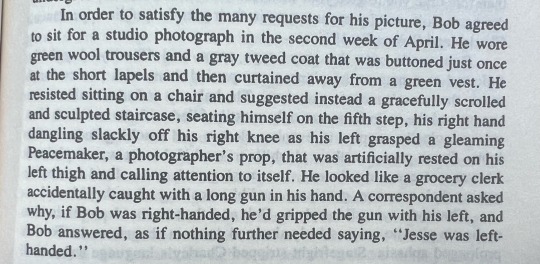
-From The Assassination of Jesse James by the Coward Robert Ford by Ron Hansen (1983), pg. 238
#the assassination of jesse james by the coward robert ford#assassination of jesse james#the assassination of jesse james#robert ford#jesse james#western films#westerns#outlaws#historical films#cinephiles#film analysis#historical photographs#book quotes#ron hansen#casey affleck
6 notes
·
View notes
Text

Cary on the set of 'Lady Jane' (1986)
Go give my fan page for Cary a follow on Twitter! @bestofcaryelwes
6 notes
·
View notes
Text
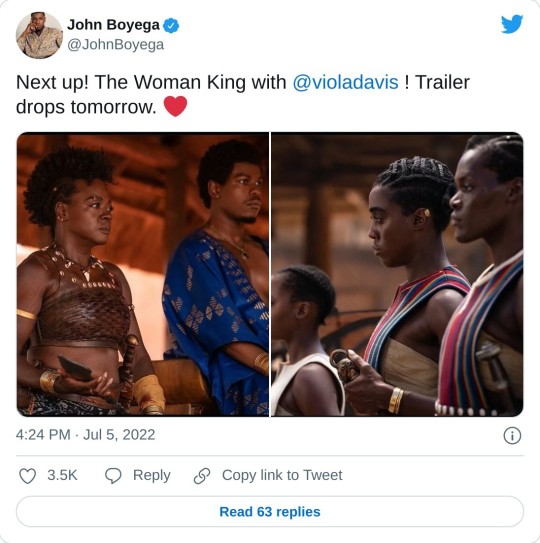
John’s back on Twitter! 👑 Trailer for “The Woman King” drops tomorrow!
51 notes
·
View notes
Text


The Patriot, 2000.
#the patriot#jason isaacs#2000s movies#2000s#drama#drama film#historical films#historical#war film#aestheitcs
13 notes
·
View notes
Text
My top ten historical films
While on long-term sick leave, I’ve started a project to list all my favourite films, and it seems natural to start with some historical ones. Really good historical films are a rarity - one of the drawbacks of becoming a historian is that you are eternally cringing at historical inaccuracies.
The following, entirely my own selection, are films based on real historical events or people, with varying levels of artistic licence or authenticity, in chronological order by the period in which they are set. It is surprising how many of them are about war. I have not included films with a fictional setting in the past or literary adaptions: these will go in separate lists.
1 Andrey Rublev (1966), Andrei Tarkovsky

An examination of the artistic process, this epic film follows the life of the icon painter Rublev, capturing the world of a medieval Russia suspended between paganism and Christian mysticism. The most memorable scene is a long sequence at the end in which a very young bellmaker dedicates his whole soul and being to creating a great bell, in the knowledge that if he fails he will be executed.
2 Winstanley (1975), Kevin Brownlow
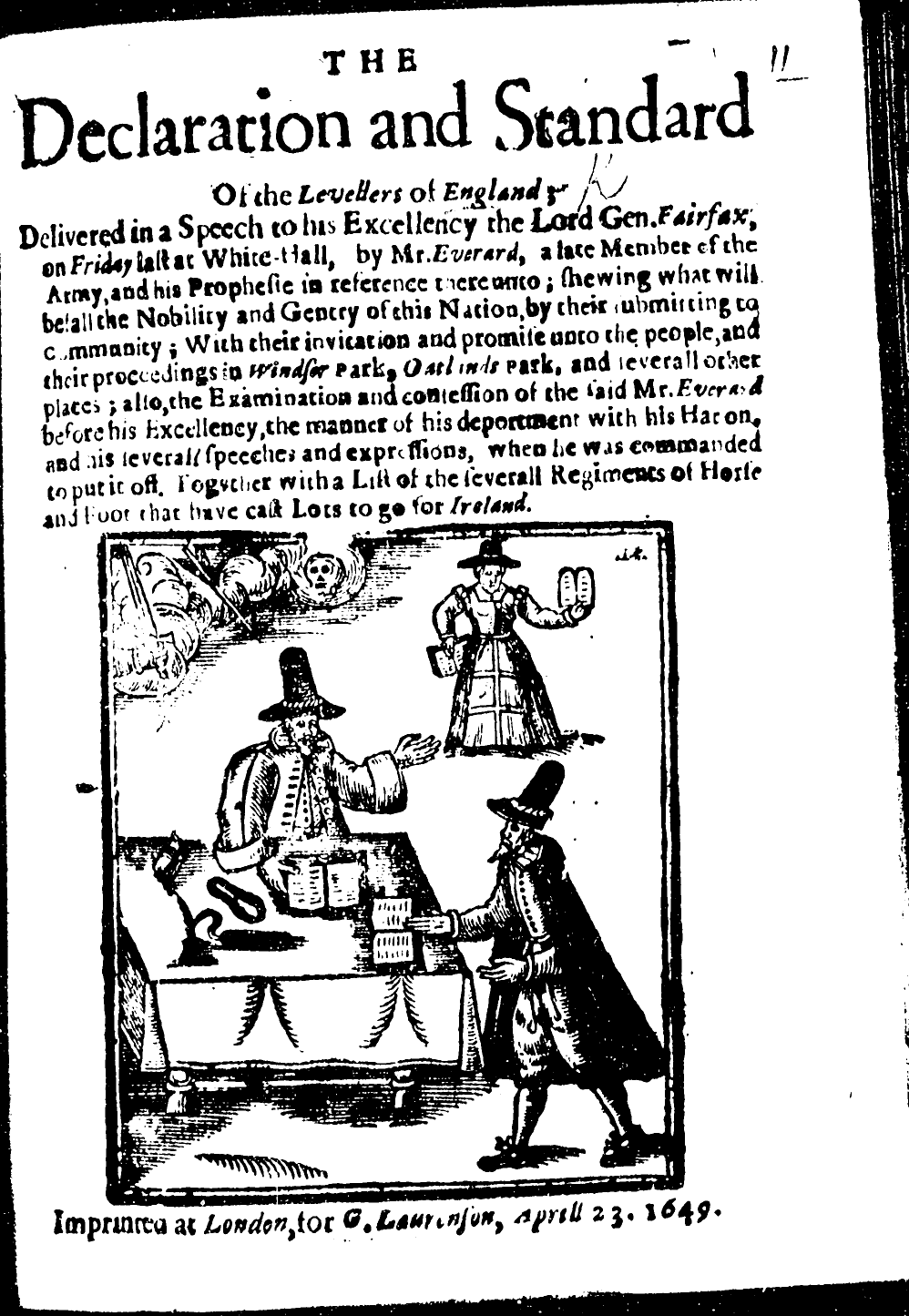
Reflecting his extensive knowledge of early silent film technique, Kevin Brownlow uses black and white film to bring to life the idealism of the Diggers, proto-communists who, following the British Civil Wars, tried to return to their vision of Eden by sharing all things in common on St George’s Hill in Surrey. Led by Gerard Winstanley (an inspiring performance by amateur actor Miles Halliwell) the reality of pitching camp in the pouring rain of the English climate is shown as somewhat more depressing than the ideal, as support from a neighbouring parson’s wife drifts away and the Diggers are soon defeated by General Fairfax and the continuing power of the propertied class. Watch for a great scene filmed under the great plastered vault of the long gallery at Chastleton House in Oxfordshire
3 Witchhammer (1970), Otakar Vávra

The Czechs have made some of the best historical films of all. This film chillingly portrays the course of the North Moravian witch trials of the 1670s under the Catholic Inquisition, showing how the terms of investigation and the climate of fear create the perfect conditions for the witch hunt to escalate until even the clergy fall under suspicion. If you want to understand the dynamics and the universal qualities of witch-hunting, watch this.
4 Napoleon (1927), Abel Gance
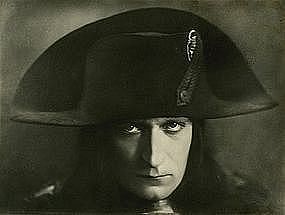
I went completely mad about this film as the apotheosis of silent film-making technique, with its close attention to the visual language of communication. Technical brilliance, great performances as both the child and the adult Napoleon, ace snow fight and an underdog story. Quotes marked ‘historical’ – ha! This is Napoleon as the French would like to remember him, young, emotive, whip-smart and whip-thin. The later Napoleon, warmonger, egotist, pudgy womaniser and cultural looter, was a completely different matter. A very long film, but that makes it all the more profound an experience. There is a bizarre parallel love story involving a female Napoleon stalker, I guess because Gance found Josephine somewhat disappointing as a love-object!
5 Waterloo (1970), Sergei Bondarchuk
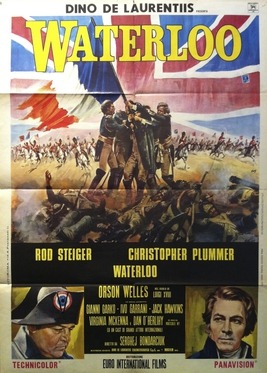
This was a failure at the time of release, but stands the test of time. See my review after watching it in 2014. Starring the incomparable (and much undervalued) Christopher Plummer as Wellington; Rod Steiger less appropriately cast as Napoleon. I’ve watched Bondarchuk’s War and Peace, which is the best version going (despite cutting out a good chunk of the story) but this is more effective because it is more focused, as the drama of the day of battle itself shapes the action.
6 Topsy Turvy (1999) Mike Leigh
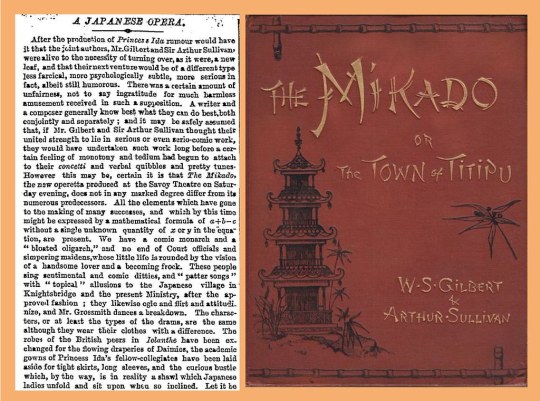
Leigh immerses us in the late-19th century world of the Savoy Opera, demonstrating the genius of Gilbert and Sullivan, but set against the pathos of their own lives and those of the actors they employ. The genius and originality of Gilbert’s setting for the Mikado is counterpoised with the seamier realities of life for Gilbert, Sullivan and the actors they employ, involving impotency, addiction and abortion. It has a magnificent cast, particularly Jim Broadbent as W.S. Gilbert and Leslie Manville as his wife Kitty. Shirley Henderson, as always, takes your breath away as the alcoholic Leonora Braham, when the drama suspends time for her dream-like rendition of ‘The Sun whose Rays’.
7 The Pianist (2002)

An unforgettable performance by Adrian Brody as the Jewish pianist Władysław Szpilman who survived the holocaust and the Warsaw uprising in hiding. At the beginning of the film he is a normal man with ordinary hopes, and we gradually see him dehumanised by Nazi persecution until at the end of the film, living like a rat underground, he is unexpectedly asked once more to play the piano, and his music signifies his humanity that has almost but not quite been destroyed.
8 Schindler’s List (1993), Steven Spielberg
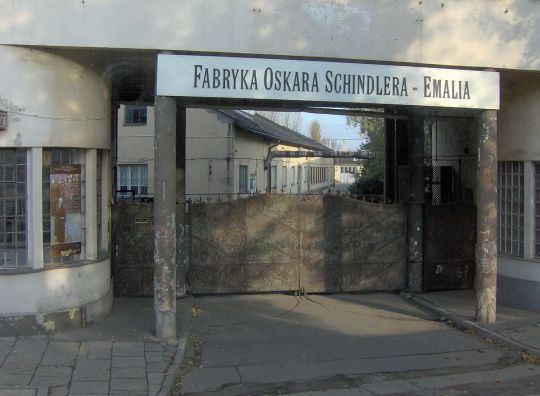
My then-husband refused to go with me to see this - it seemed like a hard watch. I was drenched with emotion by the end, and wept buckets. Spielberg had such a serious purpose behind this, and employed all the artistry he had accumulated over years of more popular film-making to say something important for humanity within a particular framework. We do have choices, for good or ill, and it is important to act as witnesses.
9 Come and See (1985)
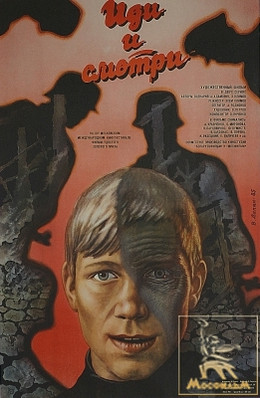
The most harrowing film I have ever seen, about the German occupation of Belarus, seen through the eyes of a young boy. An unflinching depiction of German atrocities, seen as a game by the German soldiers who laugh and joke as they burn people alive. Not for the faint-hearted.
10 The Killing Fields (1984)
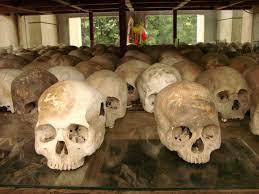
Its a long time since I’ve seen this but this film about the Khymer Rouge ‘Year Zero’ in Cambodia made a huge impression on me when younger. Some have objected to the use of John Lennon’s Imagine at the end of the film, but seem to misunderstand the point - if Winstanley shows the limits of idealism, when set against the need for day to day survival and the existing power-base, this is about what happens when idealism (such as envisaged in Lennon’s song) is taken too far until it strips us entirely of our humanity.
24 notes
·
View notes
Text
People really need to make historical figures or history x reader
8 notes
·
View notes
Text
youtube
Actually the subtitles are English, so don’t be put off. . . This is truly an amazing film. I saw it many years ago when I lived in San Francisco. I can’t believe that I haven’t seen it again since then . . . that's easy enough to remedy though.
The filmed popped into my head this morning during tai chi. I'm working with a different grand master on Saturdays and I had reason to recall the training the young boys endured in this film. I can barely feel my legs...😏
#farewell my concubine#chen kaige#leslie cheung#gong li#zhang fengyi#china#hong kong#90s cinema#films i love#lgbtq#chinese opera#historical films
3 notes
·
View notes